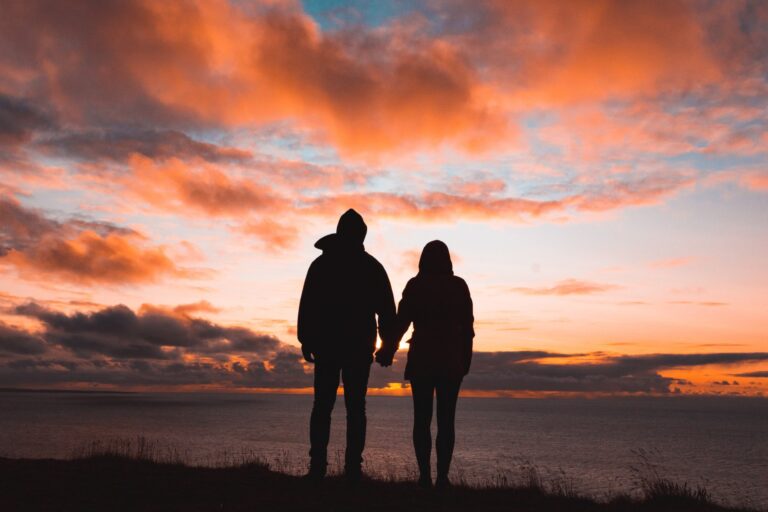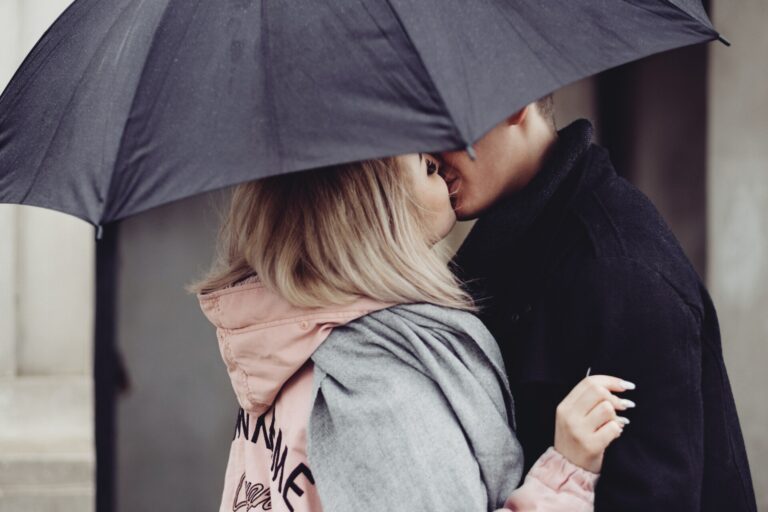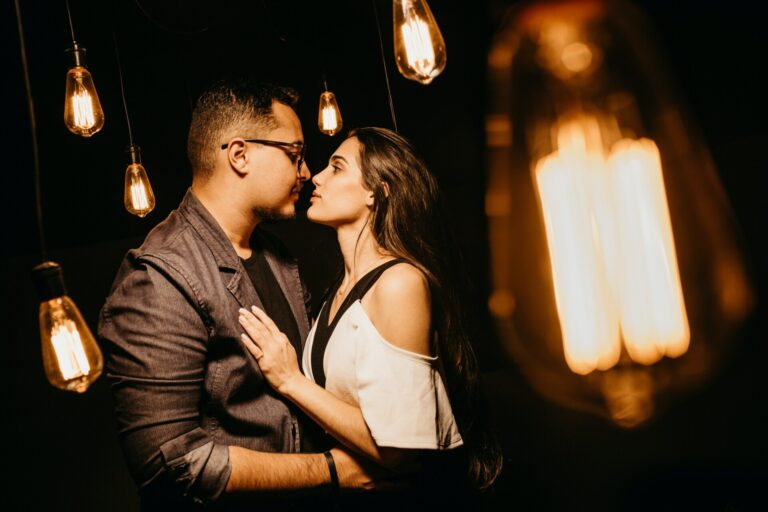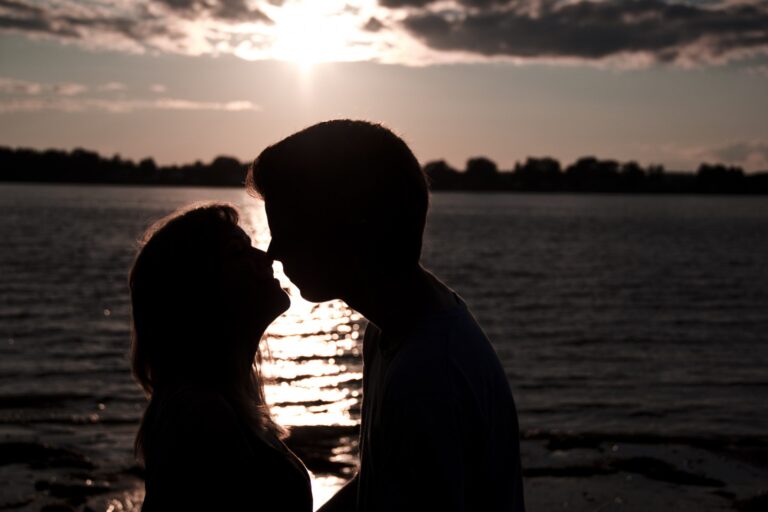Arts organisations have increasingly recognised the power of data – understanding their audiences can help deepen relationships, make the case for impact, and even earn more revenue. But those who work with non-ticketed audiences face a particularly pressing issue: the lack of good methods, apart from ticket sales, for gathering audience data.
Over a year ago, Chris Brown – the co-founder of g39, an artist-led organisation for contemporary art in Cardiff – recognised that this was a major issue for the visual arts in Wales. Along with two arts partners, the international arts festival Artes Mundi and the council-funded contemporary art gallery Oriel Wrecsam, he worked with us at Golant Media Ventures to turn that insight into an R&D project. The Digital Innovation Fund for the Arts in Wales generously provided funding both for the initial design phase and for the project itself.
From the start we kept a few principles in mind. Audience data has a value and we wanted to respect that value – which means offering something in return for the data we sought. A traditional approach is offering a free drink in the tea room for filling out a survey, or offering wi-fi access in exchange for a visitor’s email address. These techniques work, but they wouldn’t help us achieve our broader aims: getting free cake won’t make you love contemporary art. Could we instead offer something that would engage audiences intellectually, maybe even help them build a relationship with contemporary art?
We wanted the experience of contemporary art to be at the heart of our Audience Engagement Tool, and we wanted the tool to consist of question and response. More than that, we wanted to create a conversation: not one disconnected question after another but a dialogue that offered information in return. We also knew that game design principles would suggest useful ways of keeping people engaged.
Psychology and market research told us that there’s a very limited window for this type of conversation, only about five rounds of questions. Far better for the Audience Engagement Tool to leave people wanting more than to leave a sour taste in their mouths. Similarly, Yes/No questions are a poor way to draw people in. Why not offer four choices instead?
Thinking creatively, Chris and Katherine pondered the range of words that could be relevant to an artwork. “Madonna, blue, death and taxes” was one of our quartets. From this flowed a lengthy discussion about when pop cultural references are relevant, including a hurried scramble to remember when exactly that famous football goal hit the net.
We brought together curators from the three arts partners to consider two major questions: who are we talking to, and what are we talking about? It was very valuable to have a room full of people who were passionate about contemporary art, had talked to thousands of audience members, and knew what works and what doesn’t when it comes to introducing people to contemporary art. They also treated us to a rich discussion about how the curator and artist work together to uncover the meaning of a piece of art.
From that workshop we drew a collection of audience segments and personas. Each arts partner drew up a ‘conversational flow’ for their chosen persona. These looked a little like an Interactive Fiction map, laying out all the possible conversational routes that an audience member could follow. This laid the foundations for the Audience Engagement Tool.
Recently we ran the first focus group of the project, ably handled by the Oriel Wrecsam team. The test questions for the Audience Engagement Tool included:
Do you like these traditional-style paintings in frames, or do you prefer art that is a bit more out there?
- I prefer these traditional works
- I prefer something a bit more out there
- I like a bit of both
- I don’t have a preference
Let’s start off with finding out what kind of media is more familiar to you
- Music
- Film
- Games
- Crafts and home
The results were what you’d expect from a smart engaged audience who saw promise in the project. They pulled us up on where we’d been sloppy with comments about inconsistent tone, they questioned the lack of textiles as an option, they refined what they wanted to see – and, to a person, they said they’d come back for more.
We’re all deeply excited by where we are at, and looking forward to finding out where the journey takes us from here. Hope to speak to you again soon.
Gyda chymorth y Gronfa Arloesi Digidol i’r Celfyddydau yng Nghymru – Nesta, a chyllid cyhoeddus gan y Loteri Genedlaethol trwy Gyngor Celfyddydau Cymru
Supported by the Digital Innovation Fund for the Arts in Wales – Nesta and public funding from the National Lottery through Arts Council of Wales






